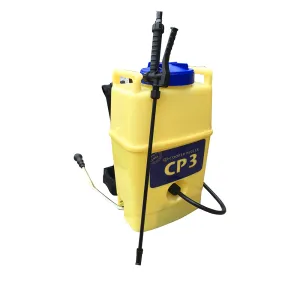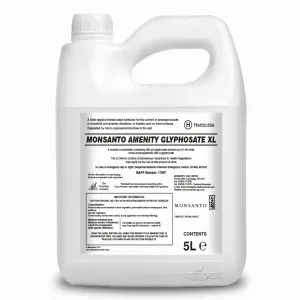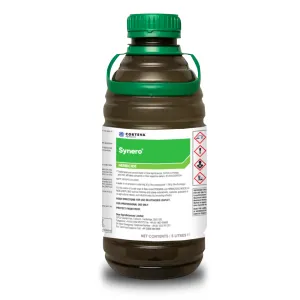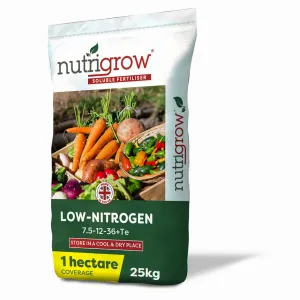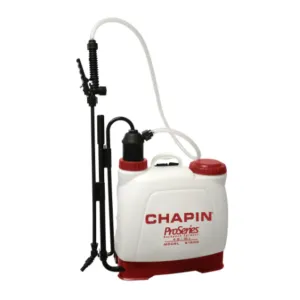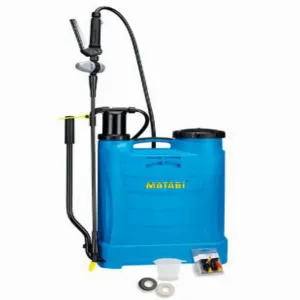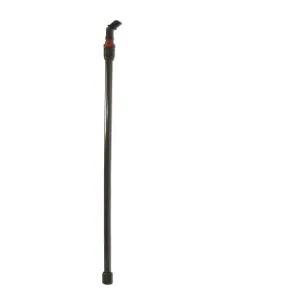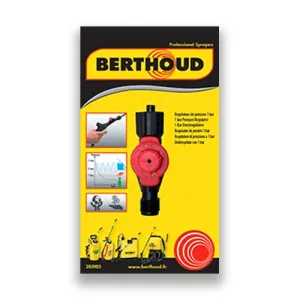Equipment Needed:
- Knapsack
- Measuring Jug
- Temporary Marker
- Tape Measure
- Calculator
Why Calibrate?
Calibration of your sprayer is one of the most important things in order to accurately and safely apply pesticides. Every sprayer is different so in order to get the correct application rate each sprayer requires calibrating. The aim is to try and work out the area one full knapsack full of water and pesticide will cover when sprayed. There are many variables such as sprayer capacity, operator walking speed, the pressure, the type of nozzle being used and the nozzle height from the target which can affect what area a full tank of spray will cover. If a sprayer is incorrectly calibrated this can result in under dosing or overdosing areas with chemical.
How To Calibrate a Sprayer:
- In a measuring jug measure out precisely 1 litre of water and put it into the knapsack.
- Find a suitable area to spray on, ideally one which is a dry, hard surface which water would show up on (do not use a surface which is uneven as this can result in different application rates)
- Make sure you have a marker handy to show the distance you will be travelling.
- Start spraying the contents of the knapsack whilst continuously walking forwards in a straight line.
- Keep walking and spraying until the knapsack is completely empty and mark where you have stopped.
- Measure out how many square meters you have covered whilst spraying.
- Check what your sprayer capacity you have e.g. 16L knapsack.
- Multiply the sprayer capacity by square meterage covered.
- For example, if you have a 16L knapsack and you have measured that you have covered 20m2 then you would do 16L (knapsack capacity) x 20m2 (area covered with 1L) = 320m2. This is the area which the full knapsack will cover.
- To then work out how much chemical to add to the knapsack tank, divide the product rate L/hectare) by 10000 and then multiply by the area covered with a full knapsack.
- For example, using the knapsack sprayer above and a product that has a rate of 5L/ha the formula would be 5 divided 10000 multiplied by 320 which gives you 0.16L or 160ml.




